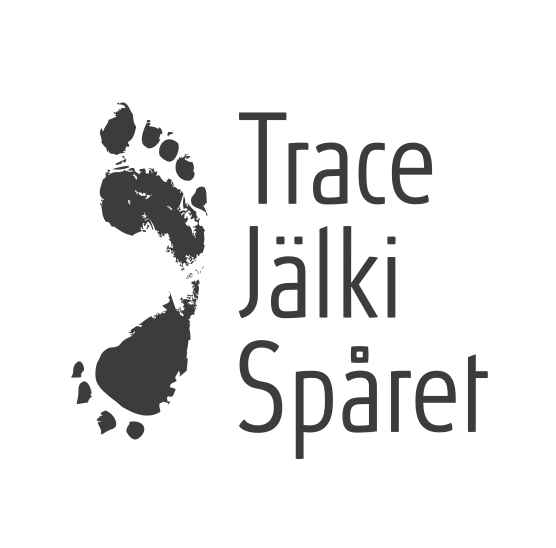Weird birds and abandoned places: Pigeons’ role in post-industrial settings
Keywords:
pigeons, post-industrial landscapes, weird, queer, abandonmentAbstract
This article examines the role of pigeons (Columba livia domestica) in post-industrial settings and presents a case study of an abandoned pulp mill silo in Meri-Toppila, Oulu, Finland. Pigeons and humans have a long-shared history, during which the former’s role has changed from commodity to “nuisance” species. Using participant observation and perspectives from weirding and queer theory, this study explores the transformation of the human-bird relationship by observing a colony of pigeons at a culturally and historically significant site. In our urban cities, pigeons have found nesting places in attics, on building ledges and in nooks and abandoned structures. Even though we, as humans, avoid these abandoned places, these weird pigeons do not care about our dystopian images and instead thrive in places that we no longer consider valuable. Our everyday life could benefit from interaction with pigeons more than we might believe. Pigeons have become an integral part of our industrial heritage and could have a significant role to play in our daily lives if we were to only give them a chance.

Published
How to Cite
Copyright (c) 2024 Marjo Juola

This work is licensed under a Creative Commons Attribution 4.0 International License.





